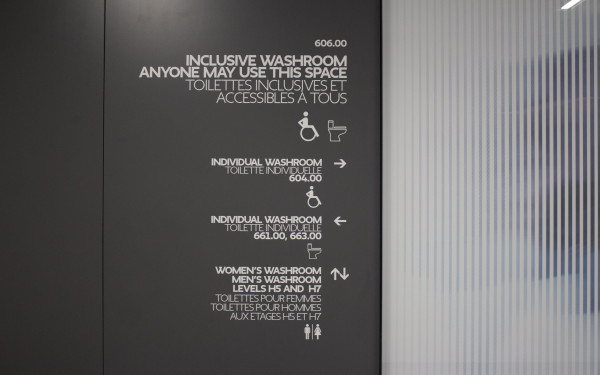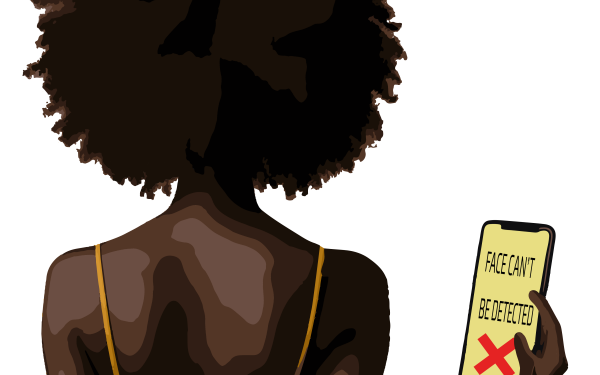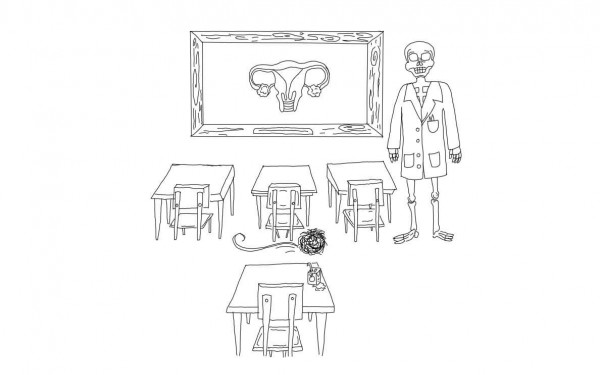Canadian newsrooms show lack of diversity in journalists
National Newsroom Diversity Survey provides a glimpse into country’s predominantly white newsrooms.
For the first time, the Canadian Association of Journalists has surveyed 3,873 journalists from 209 newsrooms for the National Newsroom Diversity Survey. Conducted in 2021, the report includes inputs from television, radio, digital and print media news stations across Canada.
According to the report, 90 per cent of the participating news stations don’t have any Latin, Middle Eastern or even mixed-race journalists and 80 per cent do not have any Black or indigenous journalists. Percentages of white staff at CBC News is 70.6 per cent, The Globe and Mail is 78.9 per cent, and at Canadian Press, it is 87.3 per cent, according to the report.
“In all professional capacities, we have a massive and ugly underrepresentation of Blacks, of minorities of all kinds of groups, that we call cultural communities,” said Egbert Gaye, the founder and managing editor of the Montreal Community Contact magazine, a community newspaper.
In one of the findings of the diversity survey, it is visibly proven that leadership positions in newsrooms are predominantly white. The categorised race data shows an 81.9 per cent white leadership. Asians come second in place in representation at 8.3 per cent, Indigenous people at 4.2 per cent, and Black people at only 1.4 per cent among the surveyed newsrooms.
“We are very very behind the times when it comes to collecting this type of data,” said Zane Schwartz, the national chairman of CAJ.
“Part of the reason we did this survey is because, anecdotally, a lot of people have been pointing out that newsroom journalism does not appear to be representative of the public that it serves,” said Schwartz.
He added that this is how the CAJ can start a conversation about an existing problem. “It's a first step and by all or no means solves the problem yet, but we do need data to be able to measure the problem.”
“I hope that these findings will help renew that discussion and make sure that it stays at the top of the mind of newsroom managers across the country,” said Brent Jolly, the President of CAJ.
According to Jolly, this is a long term, continuous, and candid process that cannot be done overnight. He added that he hopes newsrooms will start having these hard but necessary conversations and put action into their annual plans for a diverse future.
Gaye said the journey to diverse newsrooms in the future starts with students from diverse backgrounds in media and journalism schools, and with newsrooms recruiting diverse people at all levels.
“It is up for these media leaders, these organisation leaders, the captains of the industry to take a look at making things right,” said Gaye.
He stressed that without the will to make an actual difference, nothing is going to change. What’s necessary, he added, is not only hope for a better future, but also work and advocacy for change.
“If you are looking at the society where 35 per cent of the people are from various cultural groups and you have two people from them in higher staff positions in newsrooms, it does nothing. There have to be significant changes where decision making can be impacted,” said Gaye.


_600_832_s.png)



_600_375_90_s_c1.jpg)
